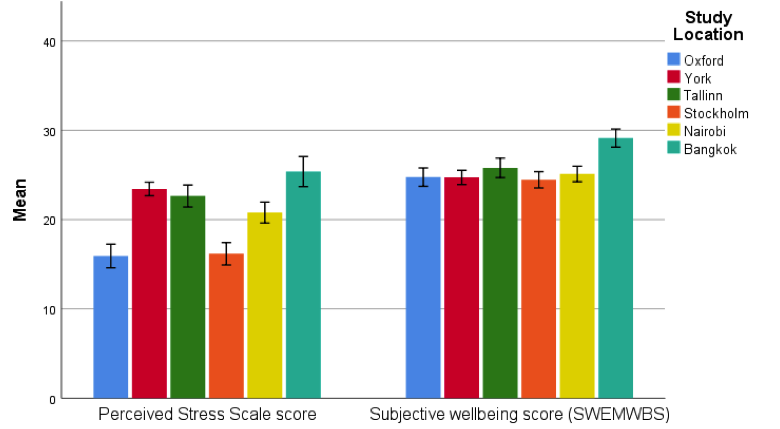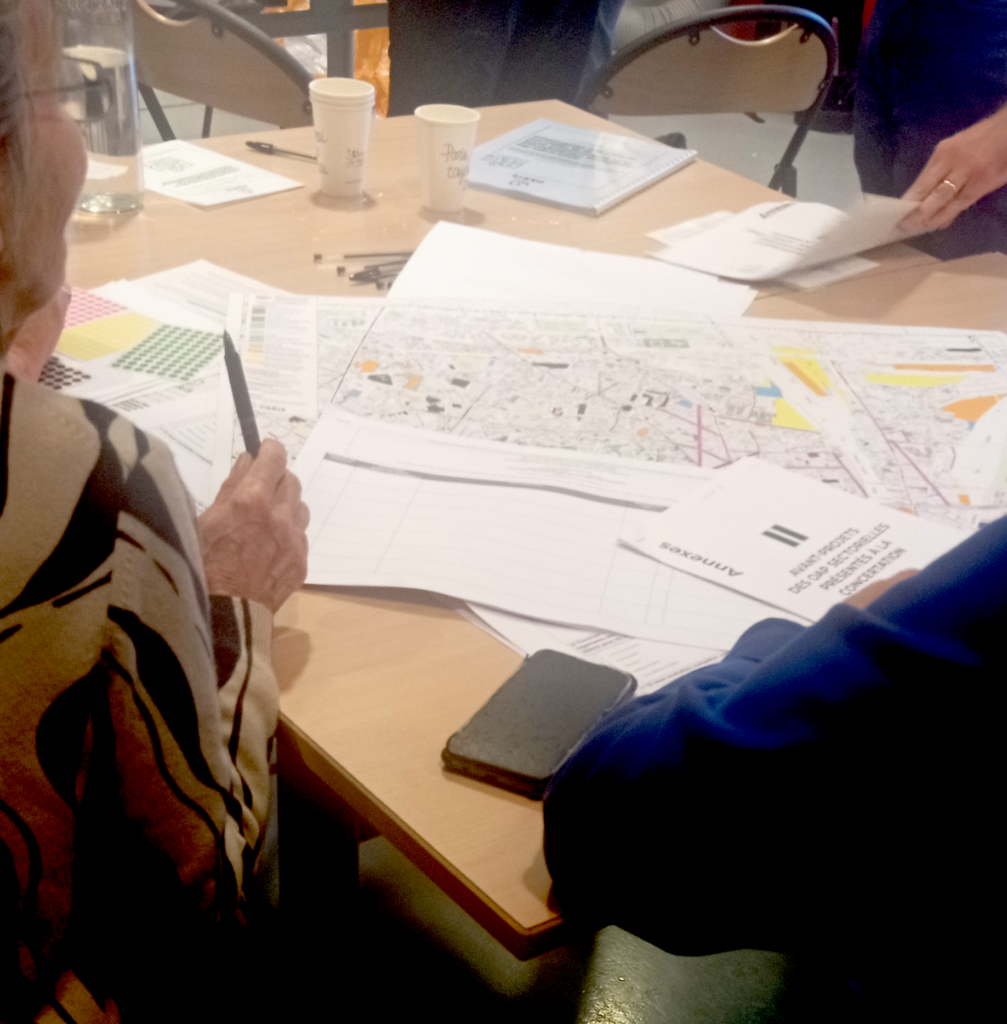City Know-hows

Target audience
City planners, local councils, general public, environmental psychology researchers
The problem
Much of the current public health and environmental psychology research regarding health and wellbeing is geographically restrained and unable to make direct cross-cultural comparisons between populations.
What we did and why
We attempted to apply a standardised framework of analysis in order to compare health and wellbeing metrics between adults in Europe, Africa and South East Asia in order to understand any health and wellbeing differences between geographically, socially and economically diverse cities.
Our study’s contribution
This study indicates regional differences in subjective stress and wellbeing and the impact that both green and public spaces may have on these metrics. It adds a direct cross-cultural examination previously somewhat lacking in the literature.
Impacts for city policy and practice
This research addresses the impact of different types of urban space on health and wellbeing across various global cities, as well as understanding specific local issues that may mediate these effects. Our approach provides a solid base for future cross-cultural research using mixed methods and a multi-disciplinary approach to understanding environmental impacts on human health.
Further information
Chris Neale, Mònica Coll Besa, Sarah Dickin, Vanessa Hongsathavij, Piret Kuldna, Cassilde Muhoza (@cassildemuhoza), Pin Pravalprukskul, & Steve Cinderby (@s_cinderby_SEI)
Full research article:
Related posts

Are you prepared for the health risks of extreme heat? Our new study shows that exposure to extreme heat increases the risk of mortality from Non-Communicable Diseases. Check out our systematic review of the effects of extreme heat, both indoors and outdoors, on health in the UK.

This study introduces a place-based model of urban environmental health drawn from residents’ perspectives.
• Highlights eight interconnected local parameters of environmental health.
• Demonstrates that residents link environmental health to everyday nuisances like noise, air pollution, and lack of safety.
• Shows that viable and livable environments depend on inclusive governance and infrastructure decisions.
• Offers a replicable approach for other cities to assess urban health from the ground up.

Community well-being is acknowledged as being ‘greater than the sum of its parts’. Our paper identifies current gaps in Community well-being assessments and recommends participatory mixed methods.